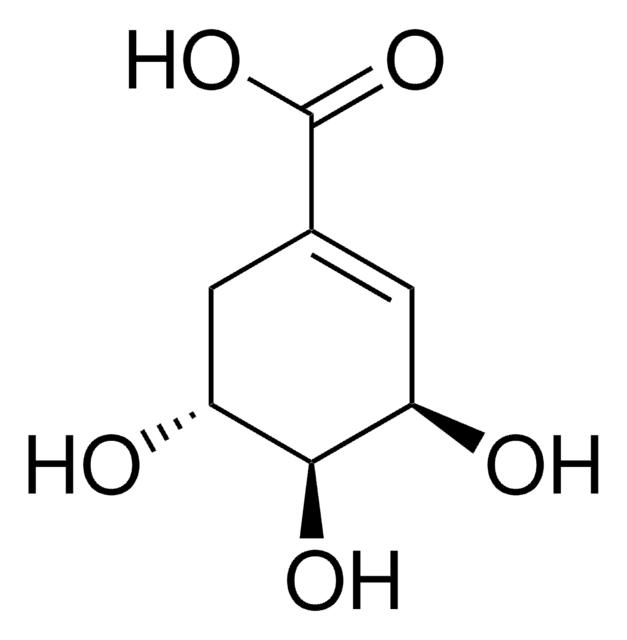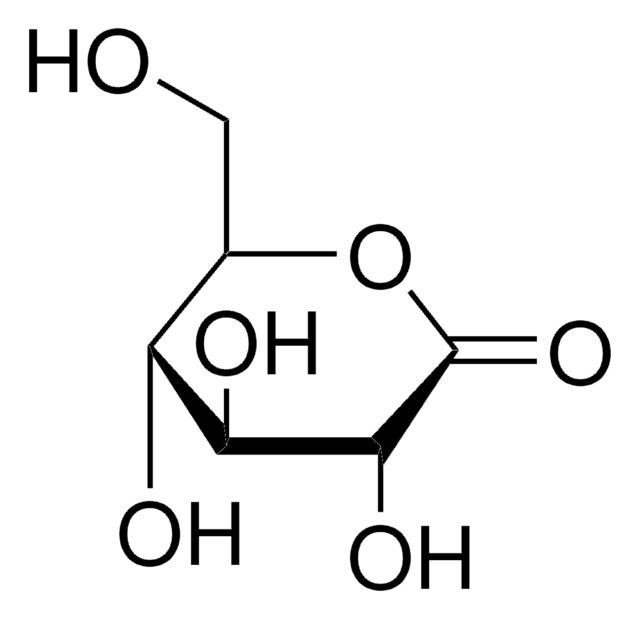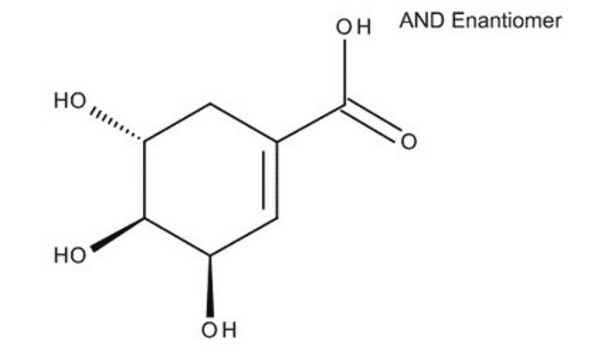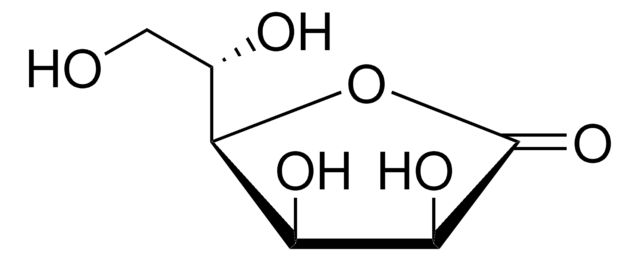Alle Fotos(2)
Wichtige Dokumente
260428
3-Ethoxy-1,2-propandiol
98%
Synonym(e):
3-Ethoxypropan-1,2-diol, Glycerin-1-Ethyl-Ether
Anmeldenzur Ansicht organisationsspezifischer und vertraglich vereinbarter Preise
Alle Fotos(2)
About This Item
Lineare Formel:
C2H5OCH2CH(OH)CH2OH
CAS-Nummer:
Molekulargewicht:
120.15
EG-Nummer:
MDL-Nummer:
UNSPSC-Code:
12162002
PubChem Substanz-ID:
NACRES:
NA.23
Empfohlene Produkte
Qualitätsniveau
Assay
98%
Form
liquid
Brechungsindex
n20/D 1.441 (lit.)
bp
222 °C (lit.)
Dichte
1.063 g/mL at 25 °C (lit.)
SMILES String
CCOCC(O)CO
InChI
1S/C5H12O3/c1-2-8-4-5(7)3-6/h5-7H,2-4H2,1H3
InChIKey
LOSWWGJGSSQDKH-UHFFFAOYSA-N
Suchen Sie nach ähnlichen Produkten? Aufrufen Leitfaden zum Produktvergleich
Verwandte Kategorien
Allgemeine Beschreibung
3-Ethoxy-1,2-propandiol (auch bekannt als Glycerin-α-Ethylether) wird hauptsächlich als Lösungsmittel in verschiedenen Industrien eingesetzt, darunter Pharmazeutika, Kosmetika und Beschichtungen. Es kann auch als Substrat bei der Synthese von zyklischen Phosphaten zum Gebrauch in Flammhemmstoffen verwendet werden.
Anwendung
3-Ethoxy-1,2-propandiol (EGE) kann als Vernetzungsmittel bei der Entwicklung von Poly(glycidol)-Hydrogelen zur Verwendung in verschiedenen biomedizinischen Anwendungen wie Gewebetechnik und Arzneimittelabgabe verwendet werden. Es wird auch als potenzielle Komponente in einem biobasierten Lösungsmittelsystem zum Auflösen oder Verarbeiten von Nitrocellulose verwendet.
Anwendungsgebiete von 3-Ethoxy-1,2-propandiol:
Anwendungsgebiete von 3-Ethoxy-1,2-propandiol:
- Als Analytschutz bei der gaschromatographischen Analyse von Pestiziden.
- Als Akzeptor-Substrat bei einer Glykosylierungsreaktion durch Saccharosephosphorylase.
Signalwort
Warning
H-Sätze
Gefahreneinstufungen
Skin Irrit. 2
Lagerklassenschlüssel
10 - Combustible liquids
WGK
WGK 2
Persönliche Schutzausrüstung
Eyeshields, Gloves, type ABEK (EN14387) respirator filter
Hier finden Sie alle aktuellen Versionen:
Besitzen Sie dieses Produkt bereits?
In der Dokumentenbibliothek finden Sie die Dokumentation zu den Produkten, die Sie kürzlich erworben haben.
Kunden haben sich ebenfalls angesehen
Lijun Han et al.
Journal of agricultural and food chemistry, 66(20), 4986-4996 (2017-11-15)
In this study, analytical results were compared when using different approaches to bulk food sample comminution, consisting of a vertical chopper (Blixer) at room temperature and dry ice cryogenic conditions, followed by further subsample processing (20 g) using liquid nitrogen
Lucia Ivorra et al.
Chemosphere, 235, 662-669 (2019-07-06)
Uptake and depuration kinetics of 4,4'-dichlorobenzophenone (main metabolite of dicofol) in the edible clam Meretrix meretrix were evaluated through a mesocosm experiment. M. meretrix was exposed to different dicofol concentrations (environmental concentration, D1 = 50 ng/L; supra-environmental concentration, D2 = 500 ng/L) for 15 days, followed by
Jian Du et al.
Scientific reports, 6, 38355-38355 (2016-12-08)
The presence of pesticides in human milk (HM) is of great concern due to the potential health effects for the breastfed infant. To determine the relationships between HM pesticides and infant growth and development, a longitudinal study was conducted. HM
Jian Du et al.
Chemosphere, 167, 247-254 (2016-10-12)
Persistent organic pollutants in human milk (HM) at high levels are considered to be detrimental to the breastfed infant. To determine the pesticide concentration in HM, a pilot cross-sectional study of 40 Western Australian (WA) women was carried out. Gas
Jimi Cho et al.
Food additives & contaminants. Part A, Chemistry, analysis, control, exposure & risk assessment, 33(12), 1803-1816 (2016-09-14)
The analysis of pesticides in food products requires accurate measurements for which standardised protocols have been developed. This paper reports the validation of QuEChERS (quick, easy, cheap, effective, rugged, and safe)-based methods applied to three different food samples (brown rice
Global Trade Item Number
| SKU | GTIN |
|---|---|
| 260428-1G | 4061838252760 |
Unser Team von Wissenschaftlern verfügt über Erfahrung in allen Forschungsbereichen einschließlich Life Science, Materialwissenschaften, chemischer Synthese, Chromatographie, Analytik und vielen mehr..
Setzen Sie sich mit dem technischen Dienst in Verbindung.







